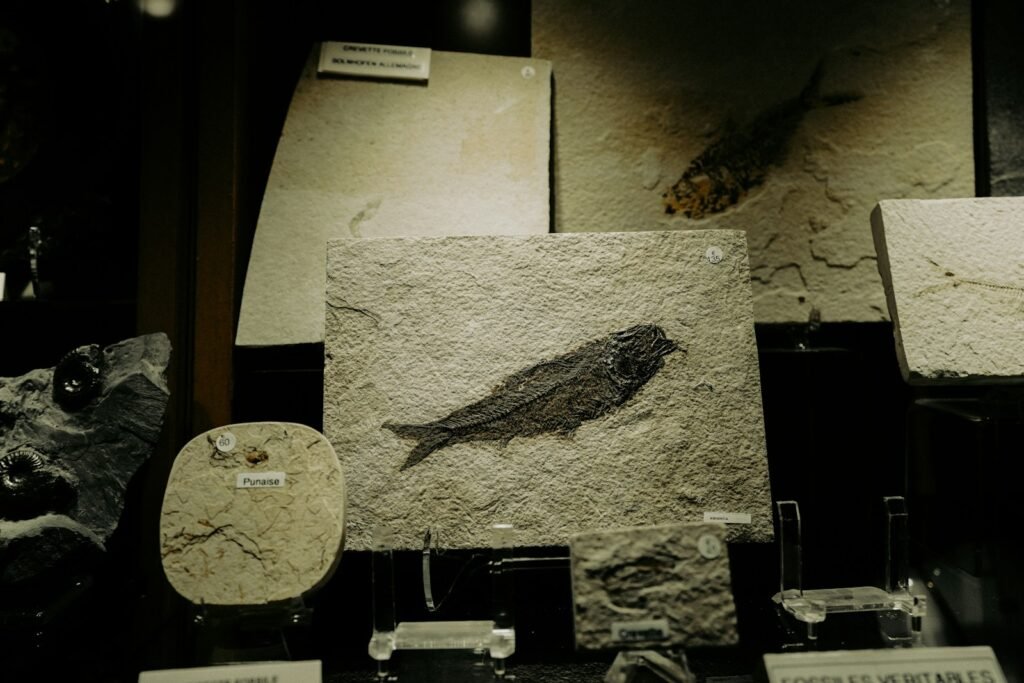Imagine standing in the heart of the Australian Outback, the red earth stretching out endlessly, the sun beating down, and the dry wind whispering across ancient stones. Now, picture this same place—a barren, arid land—once submerged beneath the waves of a massive freshwater lake, alive with strange and ancient fish. It sounds like a wild fantasy, yet beneath Alice Springs lies one of Earth’s best-kept secrets: the ghost of a megalake, long vanished but still whispering its story through fossils and stone. This isn’t just a tale of water in the desert—it’s a window into a world where time rewrites itself, and fish bones buried deep in the dust hint at cataclysmic changes no one alive has ever witnessed. The Outback, it turns out, is not as dry or lifeless as it seems. Let’s dive beneath the surface and uncover the astonishing story of the megalake beneath Alice Springs, where fossil fish reveal the untold history of Australia’s great inland sea.
The Surprising Discovery: Fossils in the Red Centre
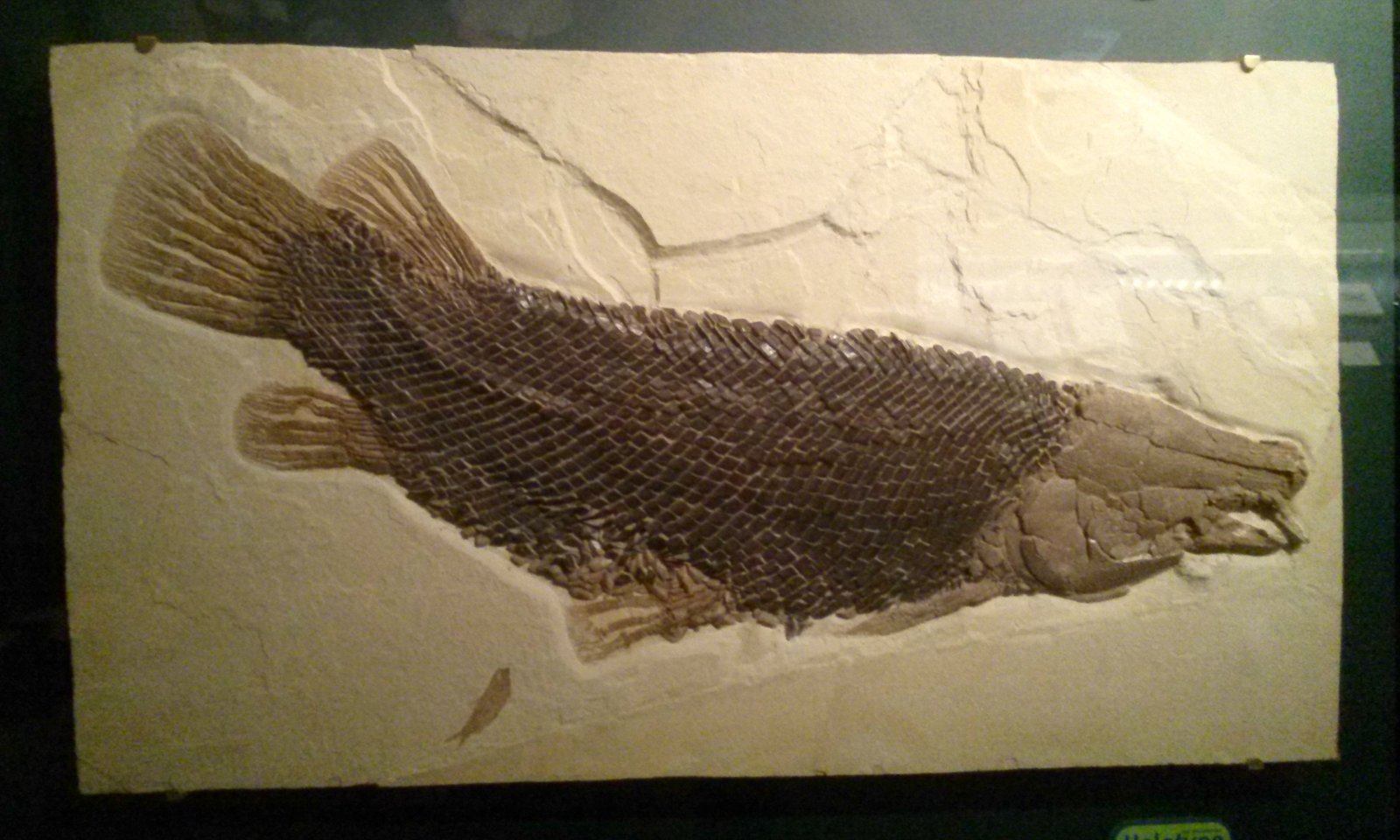
Who would expect to find the remains of ancient fish in the middle of Australia’s driest landscape? Yet, that’s exactly what scientists unearthed in the rocky layers beneath Alice Springs. Fossilized bones and scales, locked in stone for millions of years, tell the tale of a freshwater lake where fish once swam freely. The thrill of discovering such fossils in a place now known for scorching heat and relentless drought is almost electric—it turns everything you thought you knew about the Outback upside down. Each fossil is a silent witness, a time capsule carrying secrets of an ancient world that flourished, then vanished, leaving only echoes behind.
The Lost Megalake: How Big Was It Really?
The term ‘megalake’ isn’t used lightly. Scientists estimate that the ancient lake beneath Alice Springs was enormous, stretching across hundreds of kilometers—far larger than any lake in modern Australia. Imagine an inland sea so vast that it would have dwarfed today’s Lake Eyre, with shoreline forests and wetlands bustling with life. Satellite imagery and geological surveys have pieced together the rough shape of this vanished water body, giving us a glimpse of its staggering scale. It’s humbling to think that a place now defined by thirst and dust was once a watery paradise, teeming with life.
The Geological Evidence: Reading the Rocks
How do we know this megalake existed? The answer lies in the rocks themselves. Layers of sediment—silt, clay, and ancient mud—are packed with the preserved remains of aquatic plants and animals. These bands of stone tell a story written over millions of years, recording every flood, drought, and slow shift of continents. Geologists read these patterns like a diary, tracing the rise and fall of the lake, its expansion and eventual retreat. It’s like finding footprints in wet concrete, long after the walker has vanished—proof that water once ruled this land.
Fossil Fish: Ghosts of the Outback’s Ancient Waters
The fossil fish uncovered around Alice Springs are nothing short of astonishing. Some belong to species that have no modern relatives, their bizarre shapes and armored bodies hinting at a world very different from today’s. Others resemble modern lungfish and perch, connecting the ancient lake to living rivers and billabongs. Each fossil is unique—some perfectly preserved, scales shining with mineral deposits, others mere fragments, but all invaluable. As paleontologists carefully chip away the stone, they reveal not just bones, but the drama of prehistoric life: predators, prey, and mysterious creatures lost to time.
Climate Chaos: What Happened to the Megalake?
Why did the megalake disappear? The answer is a story of dramatic climate change—one that echoes warnings for our own era. Over millions of years, shifting weather patterns and tectonic forces dried up the lake, transforming wetlands into salt flats and forests into desert. Rainfall dwindled, rivers shrank, and the once-mighty lake became a memory, its fish stranded and doomed. It’s a stark reminder that even the most massive ecosystems can vanish if the climate tips too far, too fast. The Outback’s dry bones are a cautionary tale, written in stone.
Ancient Ecosystems: Life Around the Lost Lake
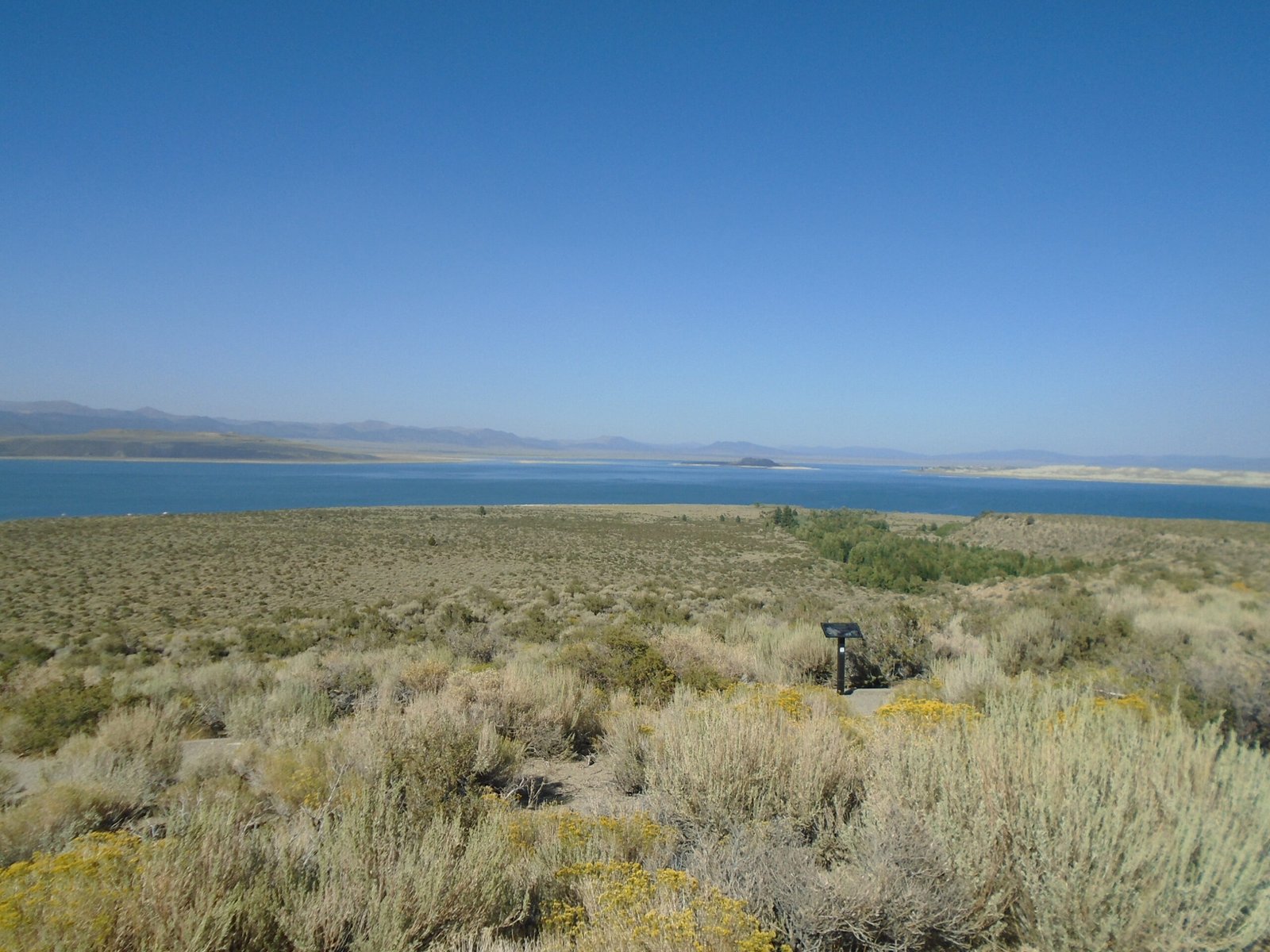
It wasn’t just fish that thrived in the megalake. Fossil pollen and plant remains suggest lush wetlands and forests once ringed the ancient shoreline. Giant amphibians and reptiles likely basked in the sun, while birds soared overhead. Early mammals may have crept through the undergrowth, hunting insects and hiding from predators. This long-lost ecosystem was vibrant and interconnected—a web of life unlike anything seen in modern Australia. When the waters vanished, so did entire worlds, their stories preserved only in scattered fossils.
Indigenous Perspectives: Stories Written in the Land
Long before scientists arrived with their tools and theories, Indigenous Australians told stories about the land’s ancient past. Dreamtime legends speak of great floods, lakes, and rivers, woven into the very fabric of the earth. Some of these stories align uncannily with what science has since discovered—an example of how traditional knowledge and modern research can come together, enriching our understanding of Australia’s hidden history. For many local communities, the fossils and rocks are not just scientific curiosities, but sacred links to ancestors and lost worlds.
Paleontologists at Work: Digging for Clues
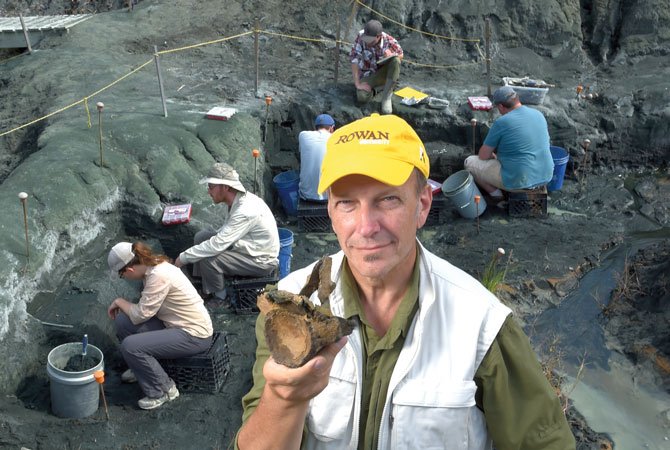
The search for fossil fish in the Outback is a dusty, painstaking business. Paleontologists trek through remote gullies, braving heat, flies, and isolation, scanning for the telltale glint of bone in the rock. Each discovery is carefully documented, mapped, and analyzed, often requiring years of patient work. The thrill of uncovering a new species or a perfectly preserved skeleton is like striking gold—a reward for persistence and passion. These scientists are detectives, piecing together a puzzle from fragments, armed with little more than chisels and boundless curiosity.
Modern Technology: Peering Beneath the Surface
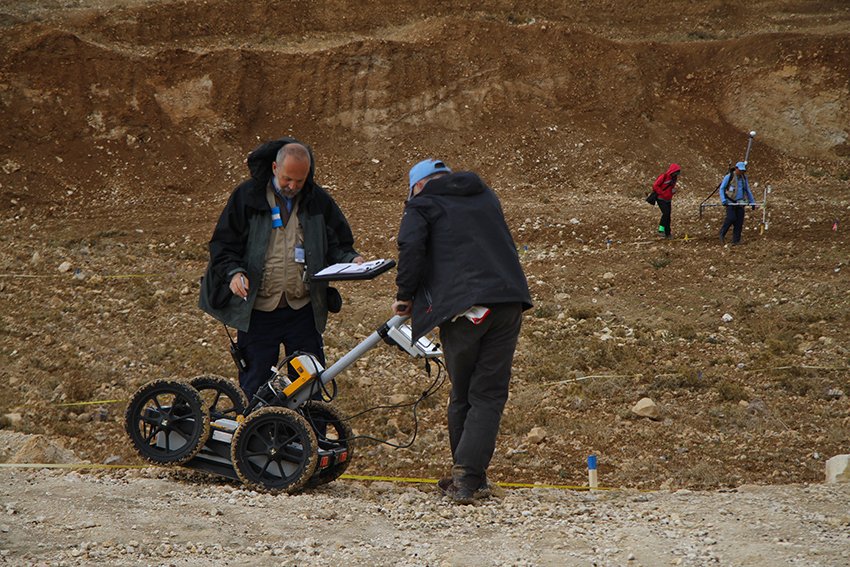
Today’s researchers use cutting-edge technology to explore the ancient megalake. High-resolution satellite images reveal hidden shorelines, while ground-penetrating radar detects buried layers of sediment. 3D scanning and virtual modeling allow scientists to reconstruct fish skeletons and even entire ecosystems, bringing the lost lake to life on screens and in classrooms. This fusion of old-school fieldwork and new-school tech is transforming our understanding, making it possible to “see” a world that disappeared eons ago.
The Changing Landscape: From Lake to Desert
The transformation from lush megalake to arid desert didn’t happen overnight. Geological evidence reveals a slow, relentless shift—first, the waters receded, leaving behind muddy plains. Then, as rainfall dwindled, vegetation died back, and sand began to take over. The lake bed hardened into salt pans and red earth, a process that took thousands, even millions, of years. Today’s Outback is the final act of this grand drama, but echoes of water still linger in the land’s shape and soul.
What Fossils Teach Us About Evolution
The fossil fish of the Outback offer a window into evolution in action. Some species show signs of adapting to changing water levels—developing larger lungs, tougher scales, or new feeding habits. Others simply vanished, unable to cope with the shifting world. These fossils are more than relics—they are evidence of nature’s endless inventiveness, and of the razor-thin line between survival and extinction. Each bone is a lesson, a story of adaptation, resilience, or sudden loss.
Australia’s Other Ancient Lakes

The Alice Springs megalake wasn’t alone. Across Australia, other ancient lakebeds have yielded similar surprises—from the fossil-rich Willandra Lakes in New South Wales to the vanished seas of Western Australia. Together, these sites reveal a continent shaped by water as much as by drought, with cycles of flooding and drying stretching back millions of years. The story of the megalake is just one chapter in a much bigger saga—one that’s still being written.
Why This Discovery Matters Today
The story of the megalake isn’t just ancient history—it has urgent lessons for our time. As the world faces climate change and water crises, the fate of Australia’s lost lakes is a powerful warning. These vanished ecosystems show how quickly environments can shift, and how fragile even the most robust systems can be. Understanding what happened in the past can help us protect what remains today, and perhaps avoid repeating the same mistakes.
Connecting the Outback to a Global Story
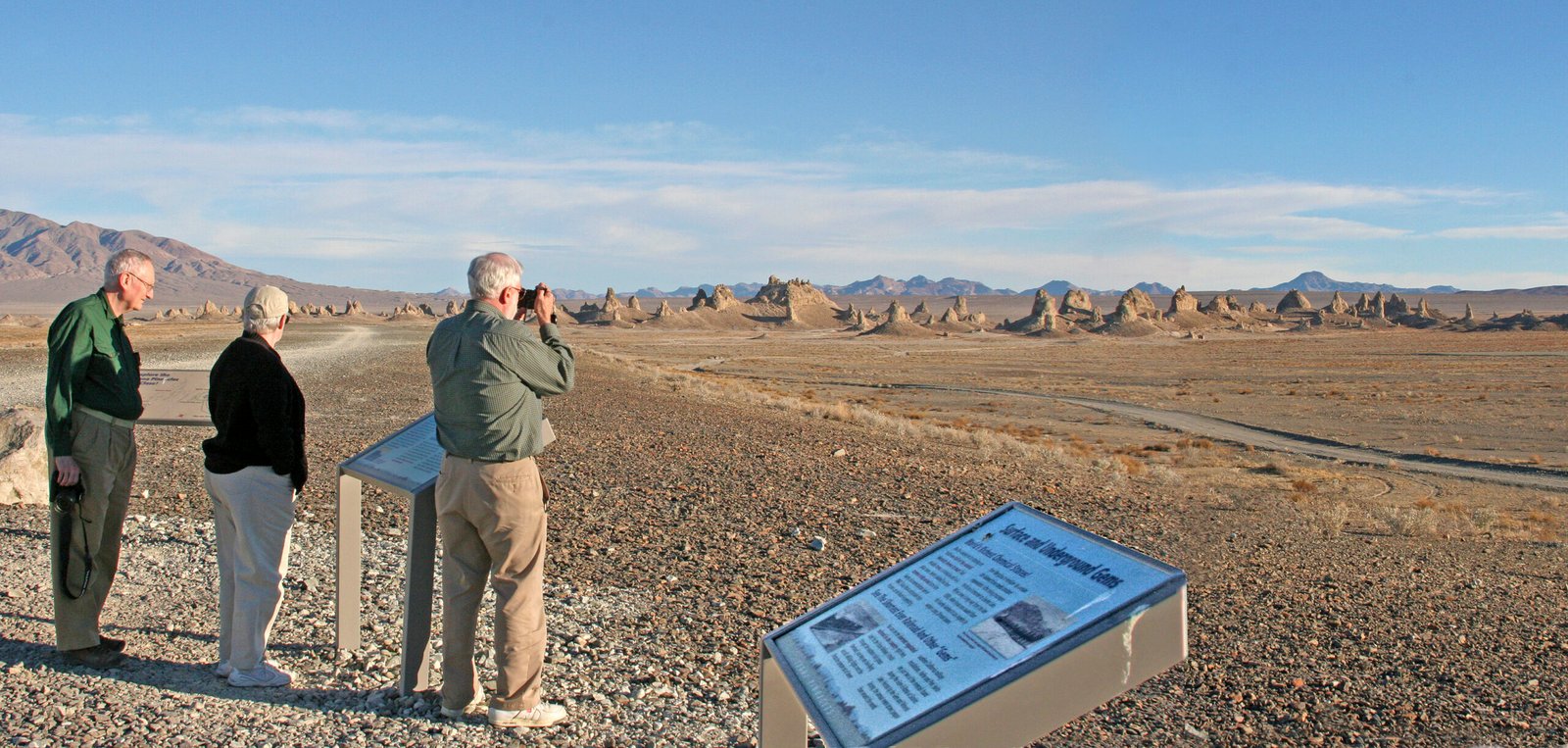
The megalake beneath Alice Springs links Australia to a worldwide pattern. Across the globe, ancient lakebeds—from Africa’s Sahara to North America’s Great Basin—tell similar stories of rise, fall, and transformation. Each vanished lake is a reminder that landscapes are never truly fixed, and that the world we see is only temporary. The Outback’s fossil fish are part of a global tapestry, connecting continents and eras in a shared history of change.
The Ongoing Search: What’s Still Hidden?
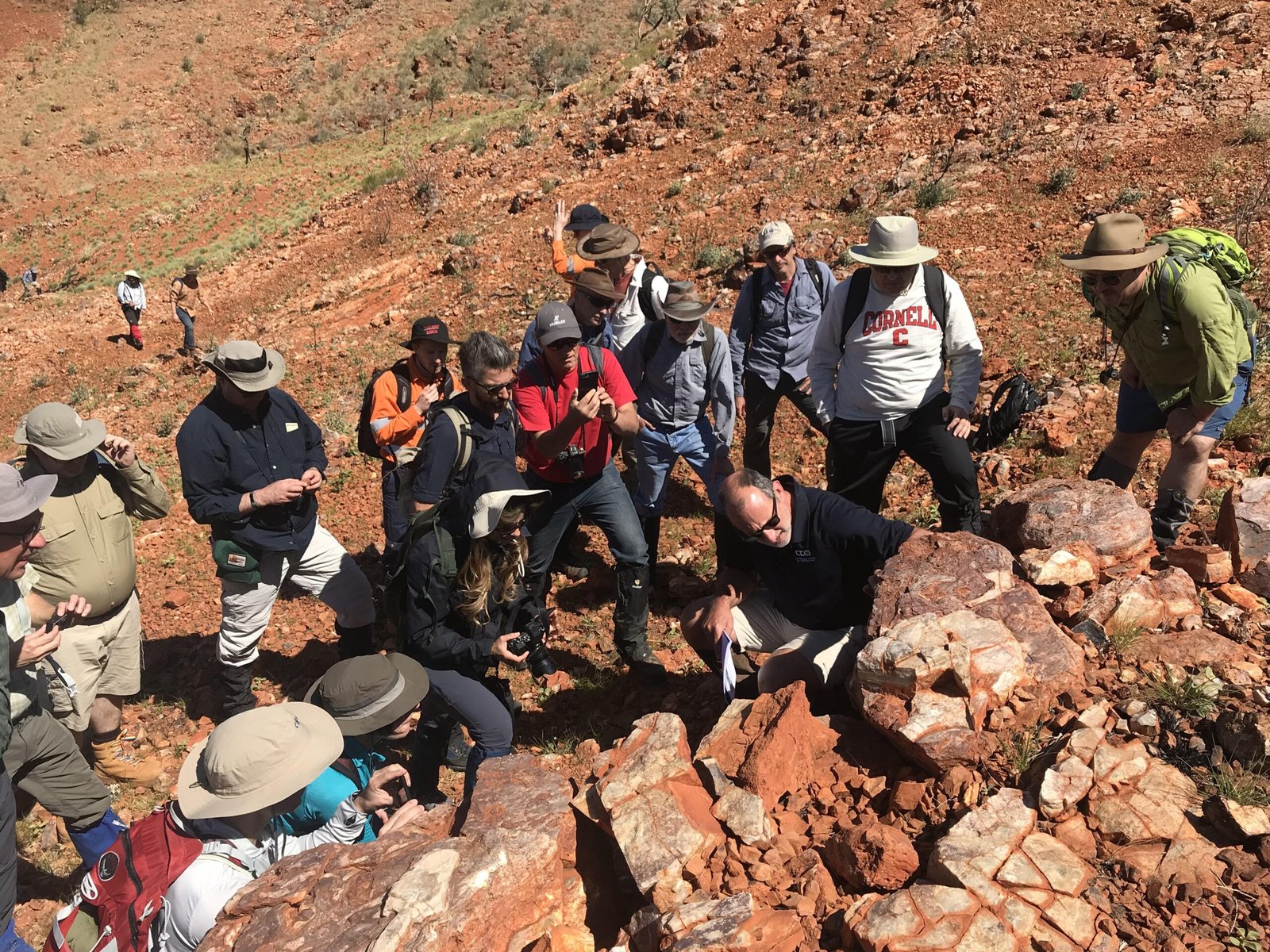
Despite decades of research, scientists believe much remains undiscovered beneath the Outback. New techniques and fresh eyes are revealing fossils that were missed before, while shifting sands may uncover secrets hidden for millennia. Every dig holds the possibility of a breakthrough—a new species, a missing link, or a clue to a mystery no one has yet imagined. The story of the megalake isn’t finished; it’s an invitation to keep exploring, questioning, and dreaming.
Fossil Fish in Art and Imagination

The strange shapes and haunting beauty of fossil fish have inspired more than just scientists. Artists, writers, and storytellers have drawn on these discoveries to fuel their creativity, imagining lost worlds and strange creatures. Museums and exhibitions bring these fossils to life for the public, allowing everyone—even kids from cities who have never seen the Outback—to marvel at the wonders hidden beneath our feet. In this way, the megalake lives on, not just in stone, but in the imagination of all who encounter its story.
Protecting Fossil Sites: A Race Against Time
Sadly, many fossil sites are at risk—from erosion, mining, and even vandalism. Scientists and local communities are working to protect these treasures, setting aside reserves and educating the public about their value. Every fossil lost is a page torn from the book of Earth’s history, so safeguarding these sites is urgent and essential. It’s a race against time, but one worth running—for science, for culture, and for future generations.
Visiting Alice Springs: Walking on Ancient Water
For those lucky enough to visit Alice Springs, the landscape holds clues to its watery past. Dry riverbeds snake through the town, while rocky outcrops hint at ancient shorelines. Guided tours and interpretive centers help visitors imagine the megalake beneath their feet, while local museums display some of the most remarkable fossil finds. Standing in the middle of the desert, it’s easy to forget you’re on the floor of a vanished sea—but once you know, you’ll never see the Outback the same way again.
The Future of Megalake Research
New discoveries are on the horizon, as scientists continue to probe the depths of the Outback. Advances in dating techniques, remote sensing, and genetic analysis promise to unlock even more secrets. The next decade may bring surprises we can’t yet imagine—perhaps even living descendants of the megalake’s fish, hiding in remote billabongs. The story is far from over, and every new find brings us closer to understanding Australia’s deep and astonishing history.
The megalake beneath Alice Springs is a reminder that even the driest, most unlikely places can hold the most extraordinary stories of life, change, and survival. It challenges us to look beneath the surface—of land, of history, and even of ourselves—and ask: What wonders are still waiting to be found?

